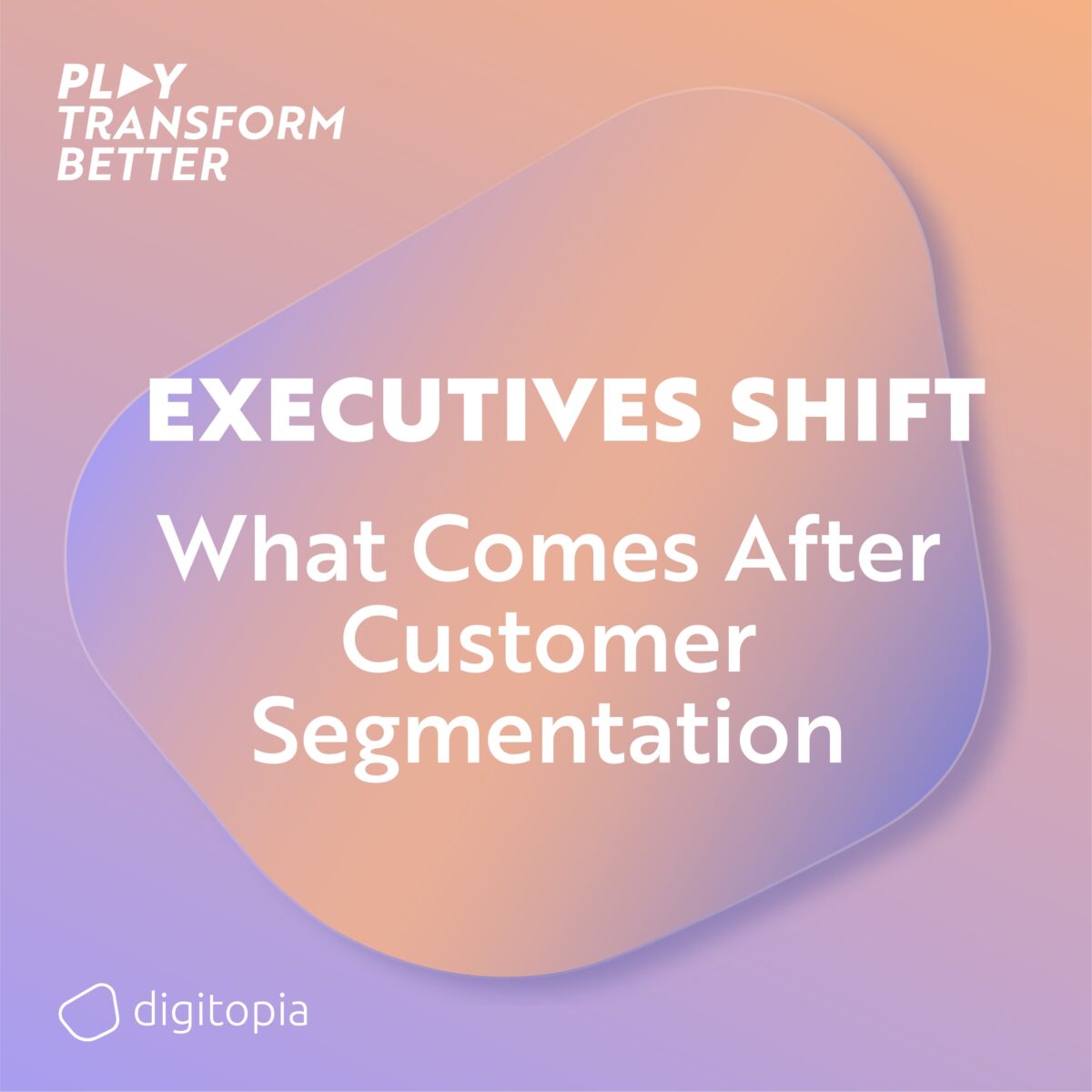
Listen on
Episode Description
The Illusion of Personalization
Here’s a statement that probably resonates with more executives than they care to admit: we’ve spent the last decade investing in personalization, and yet… most of it still feels impersonal.
We segment. We tag. We automate. And yet, customers still feel like they’re talking to a brand, not a person.
It’s not that we haven’t tried. We’ve poured budget and time into building journeys and content trees and email flows. But at the end of the day, the message may change, but the experience stays the same: generic.
The Promise of Generative AI
Let’s start with that promise. Because the pressure to personalize at scale has only grown.
Generative AI entered with a bold claim: we can make marketing truly one-to-one. Suddenly, tools like GPT-4o, Claude, Gemini offered the dream of dynamically generated content—emails, product descriptions, support replies—all tailored, all fast.
And executives bit. Who wouldn’t? It promised relevance without manual work. It promised scale without losing nuance.
But reality has been more complicated.
The Data Foundation
Okay, let’s get into those factors, then.
The report highlights data as the biggest bottleneck. Not the volume of data—everyone has that—but structure, governance, and accessibility.
Generative models are only as good as the context you feed them. And for many organizations, that context is scattered, siloed, or outdated.
Imagine asking a writer to craft personalized messages with only vague demographic info and last year’s behavior logs. That’s what most AI systems are dealing with.
Strategic Misalignment
Okay, what’s next?
If you have the data, the next hurdle is often strategy.
Executives are finding that personalization efforts are still seen as “campaign tactics,” not core business levers. There’s a disconnect between what marketing teams build and what the business actually needs.
Some teams are optimizing open rates. Others are chasing lead volume. Few are asking: does this interaction deepen trust? Does it move us closer to the brand we want to be?
Human Oversight and Brand Voice
Then there’s a really crucial human element: brand voice.
AI can write. But does it sound like you?
Leaders are increasingly realizing that automation without oversight leads to incoherence. One email feels playful, another robotic. A chatbot sounds helpful one minute and blunt the next.
Consistency is brand capital. And it’s hard to maintain when machines are improvising.
That’s why human-in-the-loop design—editing, reviewing, shaping—isn’t just a nice-to-have. It’s strategic.
The Privacy Factor
And tied closely to the data piece is the very tricky area of privacy.
Personalization depends on trust. But trust evaporates the moment customers feel surveilled.
Executives are walking a fine line: they want relevance, but they don’t want creepiness. And regulations like GDPR and evolving consumer expectations make this even more complex.
Successful companies are being transparent—explicit about how data is used, offering opt-ins, and designing experiences that feel respectful, not invasive.
Training and Change Management
Okay, another big hurdle identified is internal capability.
Many teams simply don’t have the skills yet to deploy these tools effectively. Or worse—they do, but leadership doesn’t know how to empower them.
Personalization at scale requires new roles: prompt engineers, AI curators, marketing technologists who can bridge strategy with tools.
Companies that invest in training, upskilling, and change management are pulling ahead—not because the tech is better, but because their people are.
Measuring Value, Not Just Volume
And finally, the report warns against vanity metrics.
It’s easy to get seduced by volume—how many personalized emails, how many segments, how many workflows.
But what matters is resonance.
Executives are learning to ask harder questions: Did this message land? Did it convert? Did it move someone emotionally?
The real ROI isn’t content produced. It’s trust earned, action taken, relationships deepened.
Real Success Stories
Let’s shift to those.
Where is generative AI actually working well?
In customer support, AI is reducing resolution time by half. Not by replacing people, but by giving them better tools—real-time suggestions, summaries, tone analysis.
In sales, AI is helping SDRs craft better outreach by analyzing prior wins and adapting language to different personas.
And in marketing, we’re seeing dynamic content libraries that adapt headlines and CTAs on the fly based on user behavior—not just A/B testing, but A-through-Z testing in real-time.
Marketing, Sales, and Service Wins
Wow, those are concrete numbers.
In one case, AI-generated product descriptions led to a 25% increase in cart adds. In another, AI-assisted outreach cut prospecting time by 60%. And one brand saw a 40% lift in NPS after deploying an AI-powered help desk.
The common thread? These companies didn’t treat AI as a magic wand. They treated it as an amplifier—of good data, of strong brand voice, of smart workflows.
The Path Forward
Okay, so we’ve covered the high hopes, the hurdles, and the wins.
What’s next?
The advice for executives is to stop thinking of personalization as an initiative—and start thinking of it as infrastructure. A capability. A mindset.
It’s not about one campaign. It’s about designing your systems so that relevance becomes default. So that your teams are supported, your customers are heard, and your tools are aligned.
Final Takeaway
This has been incredibly insightful.
If you take one thing from this, let it be this: personalization isn’t about saying the customer’s name in an email. It’s about making people feel like you see them.
AI gives us the tools. But the intent, the context, and the integrity—that’s still ours to bring.




